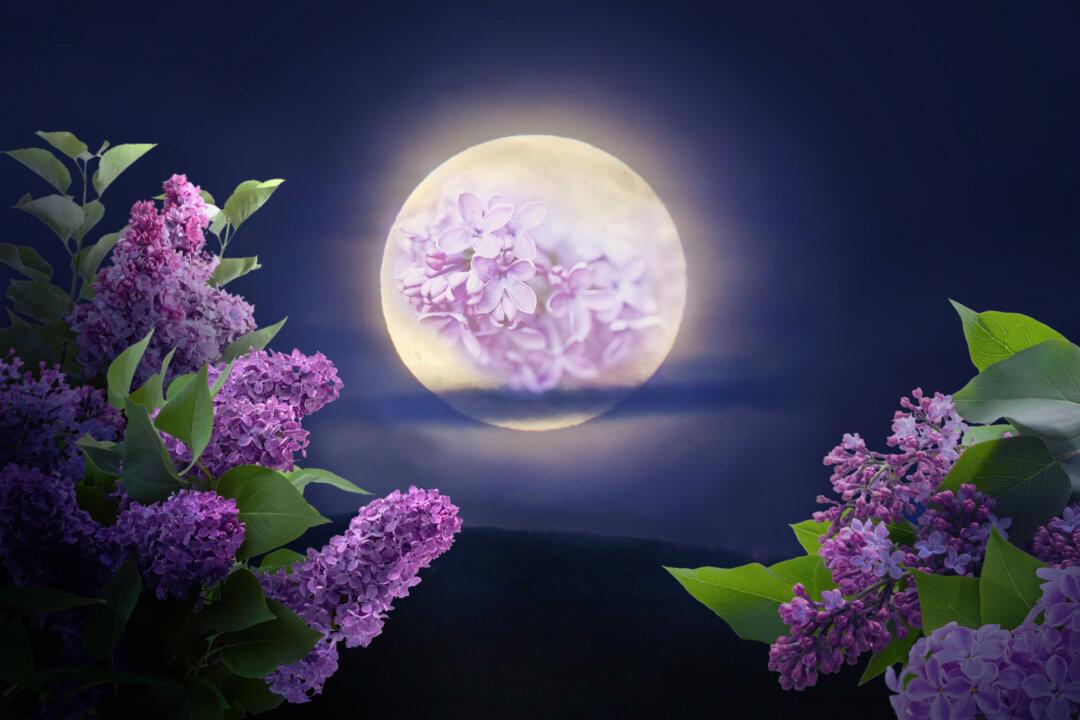The stars were still twinkling, like infinite pinholes piercing the clear predawn sky, when Luke Tscharke’s phone jolted him awake at 3 a.m., prodding him to fuel his addiction.
A serial southern lights photographer, Mr. Tscharke, 42, is wired in and knows where to find his fix. Reports from the National Oceanic and Atmospheric Administration (NOAA) and Australia’s Bureau of Meteorology monitor the solar storms he chases for a living.
On May 11, well before most workaday Australians rouse, Mr. Tscharke’s phone app delivered the historic news: a G5 geomagnetic eruption appearing over his home in Tasmania, on a scale that hasn’t happened in over 20 years.
The sun regularly emits bursts of electrically charged particles from its surface in events known as coronal mass ejections, or CMEs, but over this past Mother’s Day weekend, multiple CMEs were predicted to discharge all at once for the mother of all CMEs.
This burst of solar radiation and particles, as with other CMEs, flowed with solar wind to Earth where Earth’s own electromagnetic field shielded it from bombardment. Except the Earth’s poles allow some charged particles in, causing a buildup of cosmic dust over the Arctic and Antarctic, giving rise to the northern lights, or Aurora Borealis; and southern lights, or Aurora Australis, the light show Mr. Tscharke arrived on a fresh shoreline in the wee hours to capture.

When the charged particles strike oxygen in the air, it causes often brilliant green glows to dance in the sky, as viewed from Earth. When nitrogen is hit, a rarer event, radiant purples or blues can appear.
To capture the sight, factors like weather, solar conditions, tides, and location need to align. Being in the right place at the right time is Mr. Tscharke’s full-time job, as Aurora Australis waits for no one.
“You don’t have a lot of time to think about things in the morning,” he told The Epoch Times, speaking of his excursion, which yielded “gobsmacking” shots of the historic aurora that went globally viral. “Luckily, I have a place where I can just head to straight away, so I don’t have to think.”
Implying his go-to beach near Hobart, where he lives nearby, the award-winning photographer of land and sky (claiming Australian Geographic’s 2023 Nature Photographer of the Year title) withheld naming his haunt specifically, fearing that “another hundred people” would crowd in.


“All you really need to do down here, in Tasmania at least, is to find a beach or a location where you can see south,” he said, adding that it’s nice to have a decent foreground but he mostly lacked one that day.
The aurora’s unprecedented scale, “significantly bigger than any other aurora that’s been reported on,” he said, meant that it would appear not only southward, toward the South Pole, but even overhead and northward. To capture it, he used a wide-angle lens on his Sony A74 camera.
And to stand in for his fugitive foreground?
“I decided to put myself in the picture,” he said.
A stellar rainbow of charged particles and gas appeared overhead. Pinks, reds, and greens mingled with deeper blues and purples. They danced in a way that’s “very hard to put into words,” he said.
“You don’t expect the sky to be green and red, you don’t expect there to be these big beams,” he said. “Seeing this amazing kind of behavior happen in the sky, that’s just completely different to how the sky normally operates.”
Mr. Tscharke started photographing at 5:30 a.m. Soon, small crowds were trickling in to catch vestiges of aurora in morning twilight; its robust intensity began to wash out from the sun.


Shots circulated online, but few were as awe-inspiring as his.
“I just did a check before,” he told the newspaper. “It has been reaching 23 million people. It’s gone all the way around the world.” His shots were reported by the Bureau of Meteorology.
Although aurora chasing gives a “very addictive feeling” and a “sense of awe and wonder,” for Mr. Tscharke, the trade is an unselfish one that inspires others—and gets him up at 3 a.m.
“The purpose of me taking images and sharing them is to share the beauty and the wonder that I get to see with everybody else,” he said. “That’s really meaningful to me because that means that people understand how beautiful the world is.”








